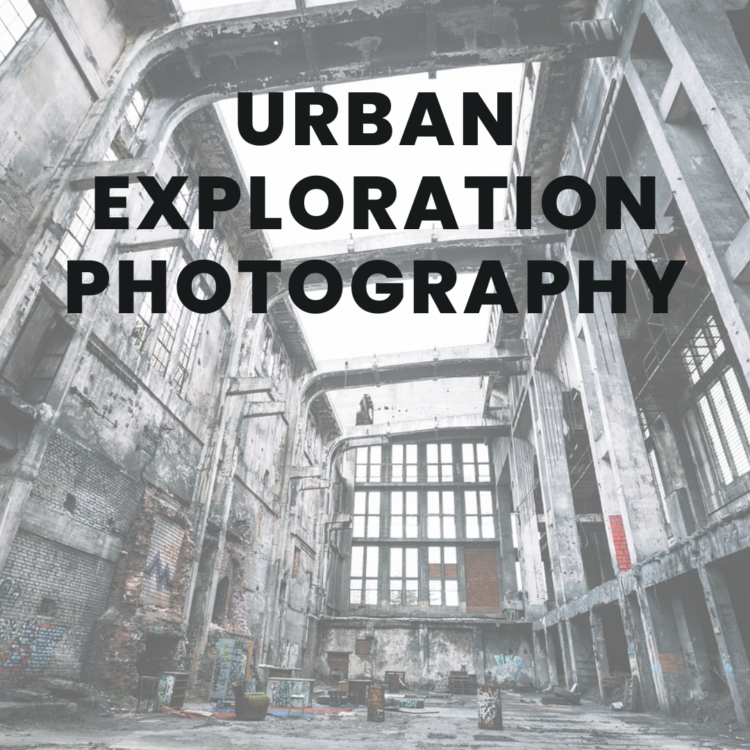Urban exploration photography, often abbreviated as Urbex photography, is a captivating and adventurous genre that unveils the hidden stories and beauty within abandoned or decaying urban spaces. Far beyond the confines of conventional photography, Urbex allows artists to capture the hauntingly beautiful remnants of forgotten places, providing viewers with a unique glimpse into the past. In this blog, we will delve into the art of urban exploration photography, exploring its history, techniques, and the allure that draws photographers to these forgotten corners of our urban landscapes.
The History of Urban Exploration Photography:
The roots of urban exploration photography can be traced back to the late 19th and early 20th centuries when intrepid photographers sought to document the industrial revolution’s impact on urban environments. However, it wasn’t until the 1990s that urban exploration photography emerged as a distinct subculture, fueled by a sense of adventure and a desire to uncover the stories hidden within abandoned structures.
Techniques and Challenges:
Urban exploration photography presents a unique set of challenges and opportunities for photographers. Unlike traditional photography, Urbex often requires navigating through dark, dilapidated spaces with limited visibility. Here are some key techniques and challenges associated with urban exploration photography:
1. Low Light Photography:
Many abandoned spaces lack natural light, making low light photography techniques essential. Experienced Urbex photographers often use tripods, wide apertures, and long exposure times to capture detailed images in challenging lighting conditions.
2. Composition and Storytelling:
The key to compelling Urbex photography lies in capturing not just the physical remnants of a location but also the stories they tell. Framing, composition, and a keen eye for detail are crucial in conveying the atmosphere and history of these abandoned spaces.
3. Respect and Safety:
Urban exploration often involves entering abandoned or off-limits locations. It is crucial for photographers to prioritize safety, both for themselves and the preservation of the sites. Respecting the history and context of the spaces being explored is also essential, as it adds depth and authenticity to the photographic narrative.
The Allure of Urban Exploration Photography:
What draws photographers to the often perilous world of Urbex? The allure lies in the juxtaposition of decay and beauty, the thrill of discovery, and the opportunity to capture moments frozen in time. Urbex photographers become storytellers, weaving narratives around forgotten places, providing a visual record of the evolution of urban landscapes.
Ethical Considerations:
As urban exploration photography gains popularity, it is essential to address ethical considerations. Respecting private property, obtaining necessary permissions, and leaving spaces as they were found are crucial aspects of responsible Urbex photography. This ensures the preservation of historical sites and minimizes the impact of exploration on both the environment and the communities surrounding these locations.
Conclusion:
Urban exploration photography is a mesmerizing blend of adventure, history, and artistic expression. Through the lens of Urbex photographers, abandoned spaces are transformed into visual time capsules, offering a glimpse into the past and provoking contemplation on the transient nature of urban environments. As this genre continues to evolve, it serves as a testament to the enduring fascination with the hidden stories that lie beneath the surface of our urban landscapes.










No Comments
Leave Comment